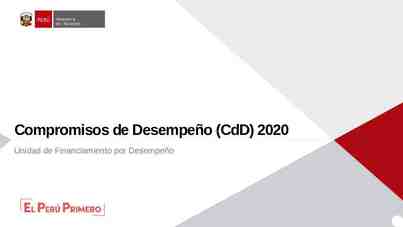Chemical Bonds and Balancing Equations EQ: Why do chemicals
18 Slides100.50 KB
Chemical Bonds and Balancing Equations EQ: Why do chemicals react? What is the difference between compounds, mixtures, and solutions?
Important Terms Molecule- is two or more atoms combined and are physically attached Compound- is when two or more elements are combined by chemical bonds (NaCl, Sugar.ect) and is a solid Solution- is when two or more elements are combined by chemical bonds and are in a liquid state. (every drop is the same concentration HCL, Vinegar)
Important Terms Mixture- is when two or more elements are combined but ARE NOT chemically bonded (liquid or solid) Heterogeneous mixture- Not an even mix throughout, (chocolate milk, salt and pepper, Italian salad dressing) Homogeneous mixture- Even mix throughout (milk, sand, and smoke)
Recall Why do elements react? To achieve a more stable electron configuration (full outer shell)
What types of bonds are created? Ionic-electrons are transferred from one element and give to another: STRONGEST CHEMICAL BOND New terms Cation-positive element Anion-negative element So sodium is a cation and chloride is the anion in NaCl(salt)
Covalent bond Atoms share electrons: NO ELECTRONS ARE SHIFTED OR REMOVED Can create either single or double bonds to achieve full outer shell Most Commonly done with gases that do not have a full outer shell (O2 Cl2 N2 ) Atoms of the gases join up to achieve stability (weak bond, easily broken)
Understanding Chemical reactions Look at the following equation: The reactants are to the left of the arrow The products are to the right of the arrow Reactants Products Ag(NO3) NaCl ------- AgCl Na(NO3)
Now list elements in both the reactants and products MAKE SURE ALL ARE LISTED Reactants Ag N O Na Cl Products Ag N O Na Cl
Now write the number of atoms of each element REACTANTS 1 Ag 1N 3 O 1 Na 1 Cl PRODUCTS 1 Ag 1N 3 1 1 O Na Cl
Notice that ALL The atoms listed are EQUAL in number on BOTH SIDES of the reaction In a chemical formula you assume the number 1 when no other number is listed
Notice that oxygen has 3 as its number! This is because oxygen is part of a polyatomic molecule. There are 3 oxygen atoms joined with the formula
Now consider this formula CH4 O2 ---------------- CO2 H2O Reactants C H O Products C H O
How many atoms are listed for the products and reactants Reactants Products 1C 1C 4H 2 H 2O 3 O THIS CAN NOT HAPPEN! You must Balance the equation so that numbers of atoms for the reactants equal the same number for the Products
To do this we place numbers in front of the molecules in the formula to balance the atoms out CH4 O2 ---------------- CO2 H 2O (Start with the atom with the highest number for either reactants or products) It would be H in the example
Reactants Products 1C 1C 4H 2H 2O 3O We need 2 more H in the products so we place a 2 in front of the water molecule CH4 O2 ---------------- CO2 2 H2O
Now Recheck Reactants Products 1C 1C 4H 4H 2O O Now we need to balance out the Oxygen in the Reactants. CH4 2 O2 ---------------- CO2 2 H2O 4
Recheck Reactants 1C 1C 4H H 4O O Products It is now balanced!!! 4 4
Homework Balance this equation (its harder than it looks) Al O2 ----------- Al2O3























